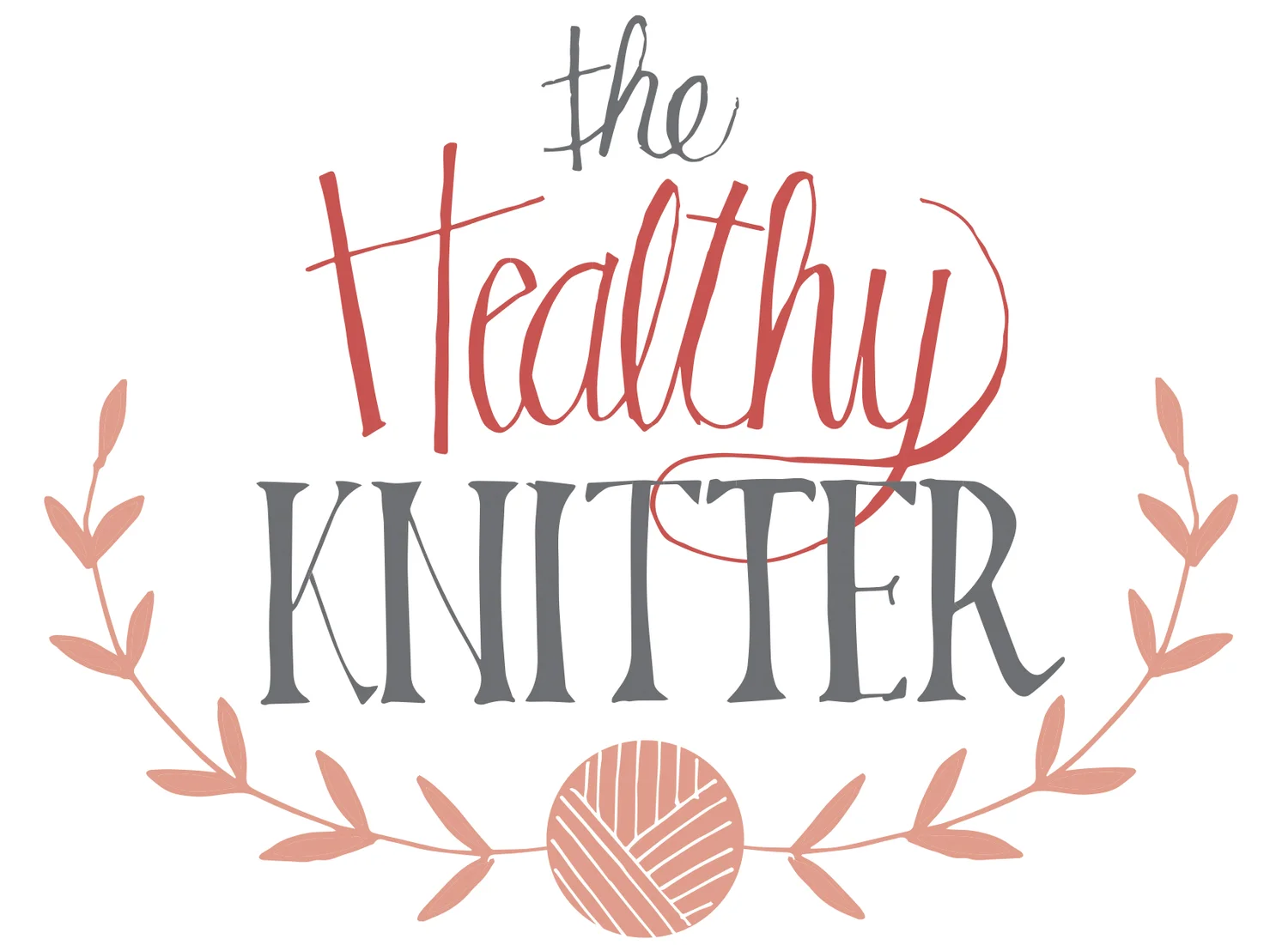Ripples on Avalanche Lake, Glacier National Park, Montana
Yarn... just think of the magic contained in this simple string.
There's a story in your yarn, actually multiple stories. Each hand that has touched the fiber infused some part of their life into the final product.
Yarn makes our senses come alive...
soft, scratchy, rough, smooth, or even a bit greasy from the lanolin of the sheep,
smells of the earth,
vibrant with color, sparkles, muted tones created by the dyes of plants.
I recently attended a marketplace filled with gorgeous yarn for sale. After perusing the vendors shops, feeling a wee bit overwhelmed, I took a seat to ponder what yarn I really needed (perhaps that should be wanted). As I sat I began observing people's reactions to all the yarn...
and I noticed three common responses:
- verbal in the form of an ahhhhh or squeal;
- bring the yarn in to their face either against the cheek or nose; and/or
- clutch the yarn and pull it near the heart.
It's safe to say that we love yarn...all kinds of yarn and there are all kinds of yarn for different people. We buy yarn for lots of reasons including color, texture, fiber content, price, it came from a local shop, was sourced locally, the name of the yarn color or company, souvenir/momento, supporting a specific business, it's what was needed to make a specific project, etc.
Yet, how many times do we ponder where the yarn came from? Who made the yarn? And this is actually a very complex question because making yarn isn't a one step process. Making the yarn includes growing, cultivating/harvesting, processing, spinning, dying, and putting labels on the skeins. From there the yarn needs to be shipped to a distributor, then to the shop (online or brick and mortar) and finally you had to get yourself to the place of purchase or have a computer to access the website.
How many people are involved with the production of the yarn you are using today? How many lives have been touched in this process? Each step outlined above involves multiple folks and it keeps extending out at each phase of production.
I recently bought some American made yarn and reviewed the label. Fiber from Wyoming, milled in New Hampshire, dyed in Pennsylvania, transported back to the West Coast, mailed to the retailer, who shipped it to me. The lives of hundreds of people were involved in the creation of my single skein of yarn. Talk about a ripple effect.
Day 16. Peace tip.
Take out a piece of paper and write down your top 3 reasons for purchasing yarn.
Flip the piece of paper over and trace the steps of your yarn beginning with your purchase. Where did you buy the yarn? Where was the yarn produced (e.g. milled, dyed)? Where did the fiber come from (e.g. where do the sheep, alpaca live, or where were the plants grown)?
Today, think of the enormous impact that your simple string of yarn has on the lives of so many. As you knit, take some time to envision the people that made your string come to life and thank them with each stitch you take.
“Every choice we make, sends out ripples.”

